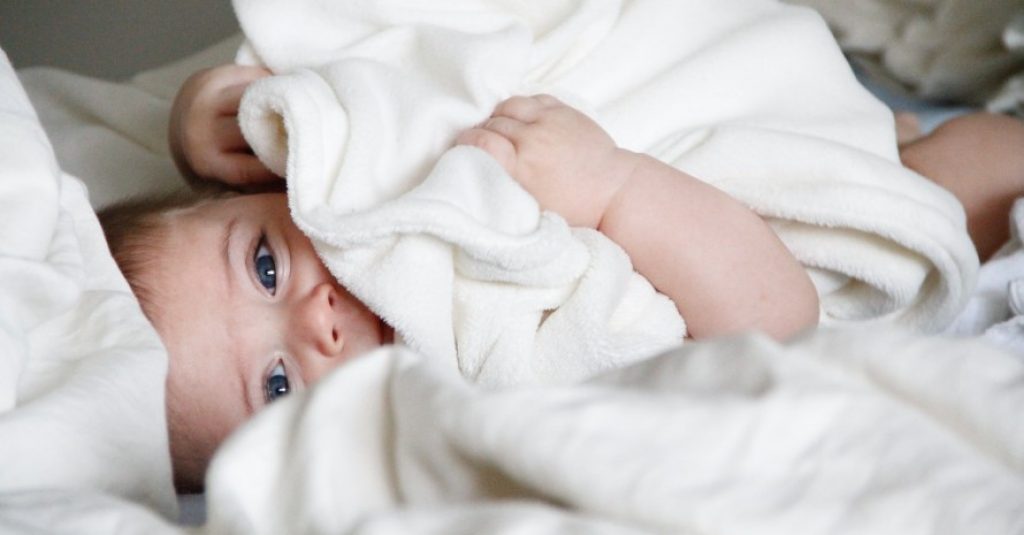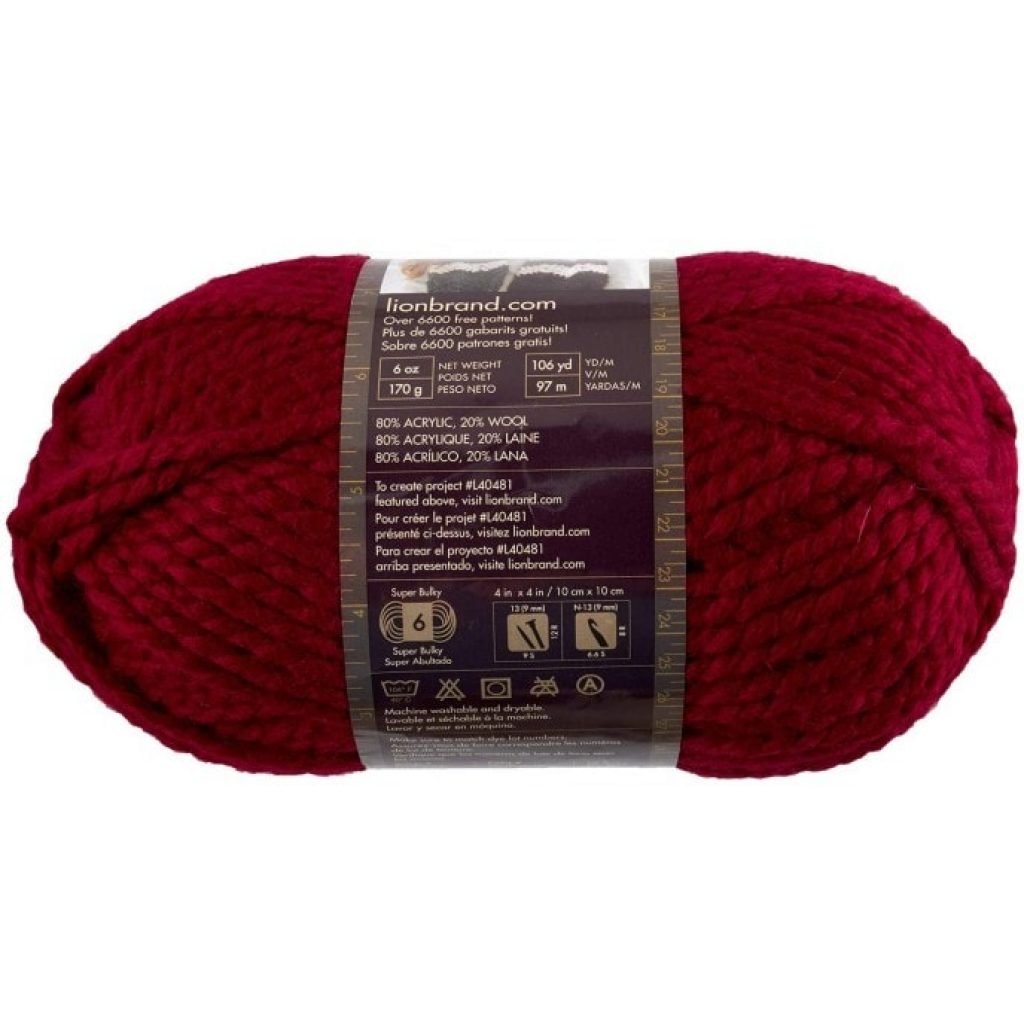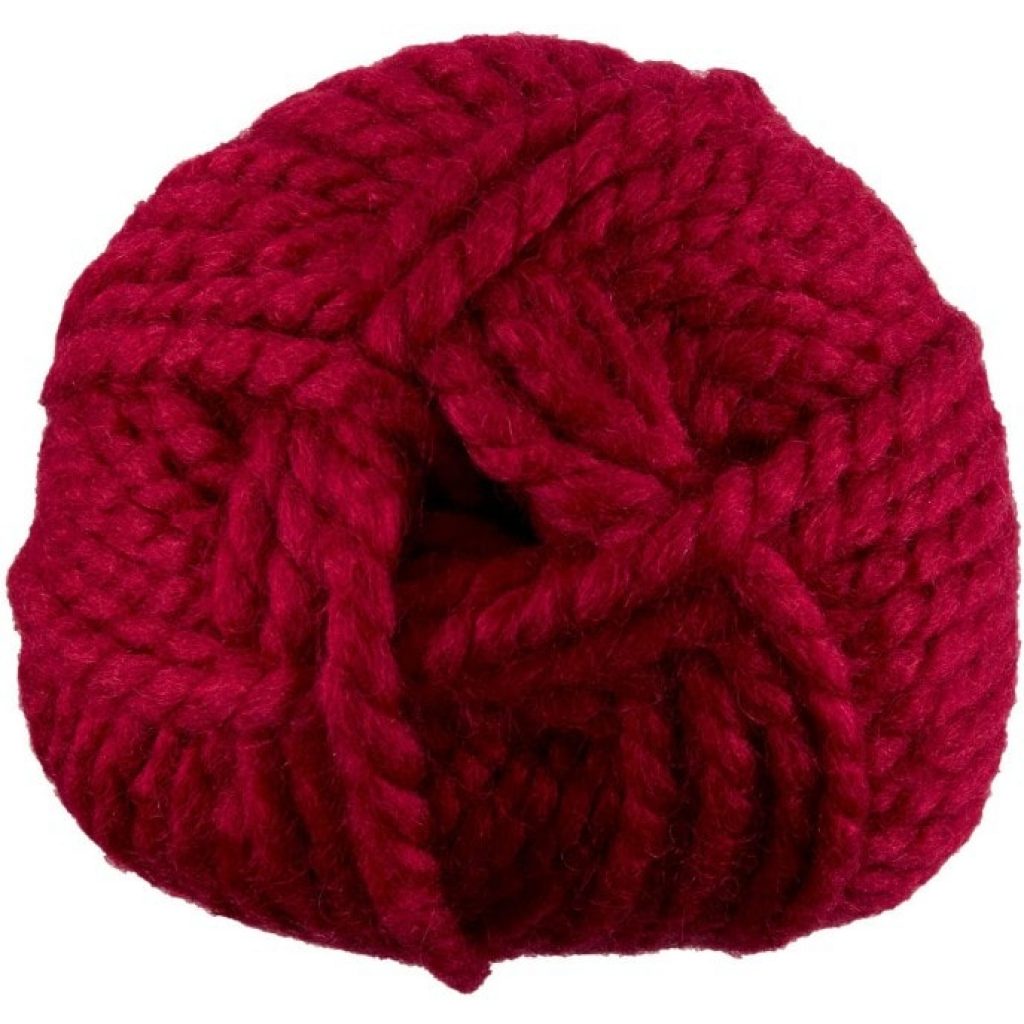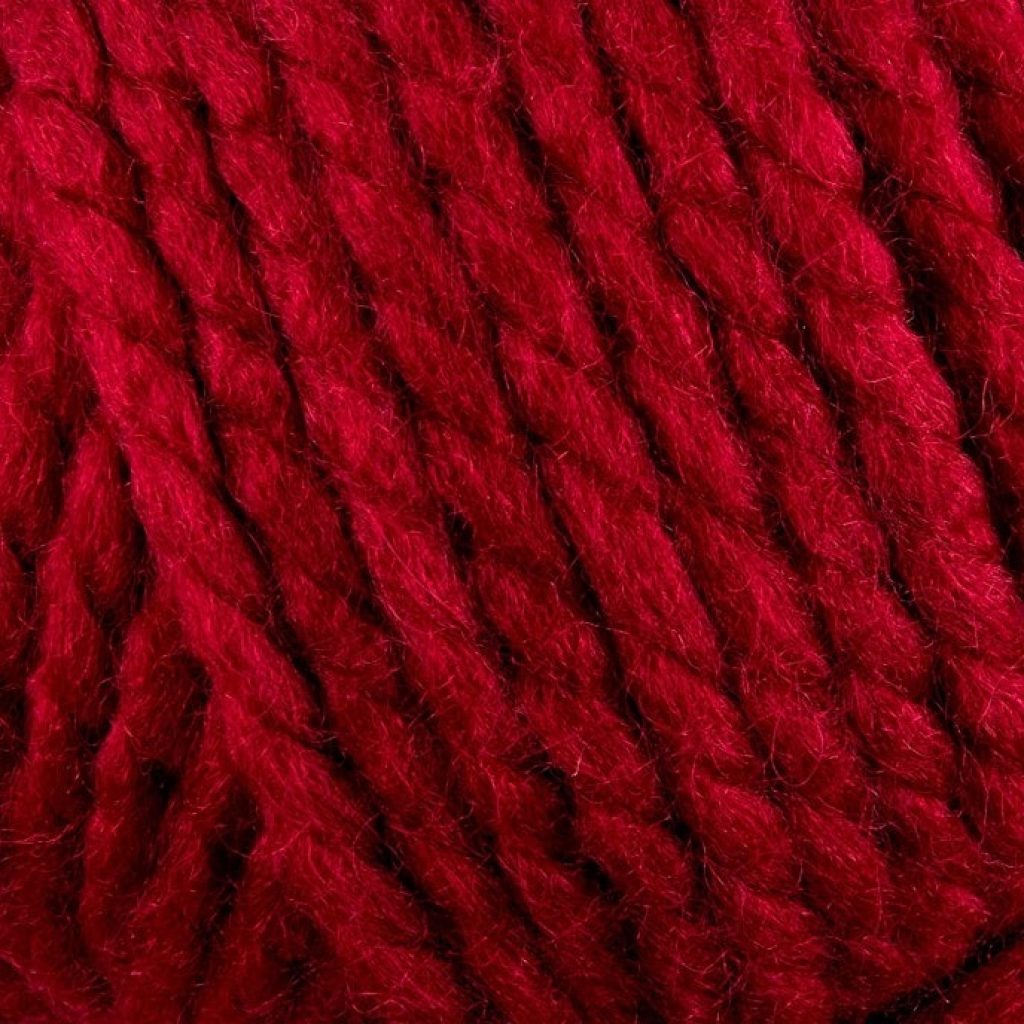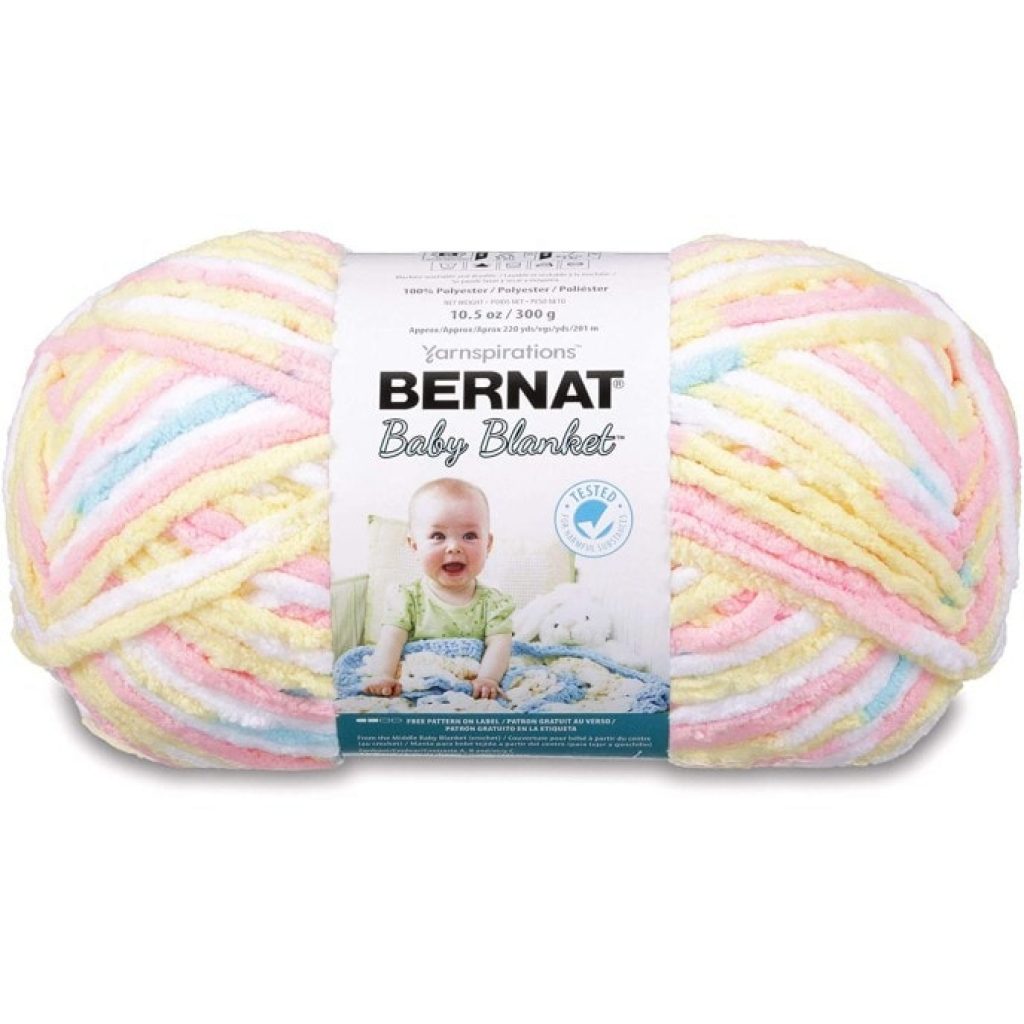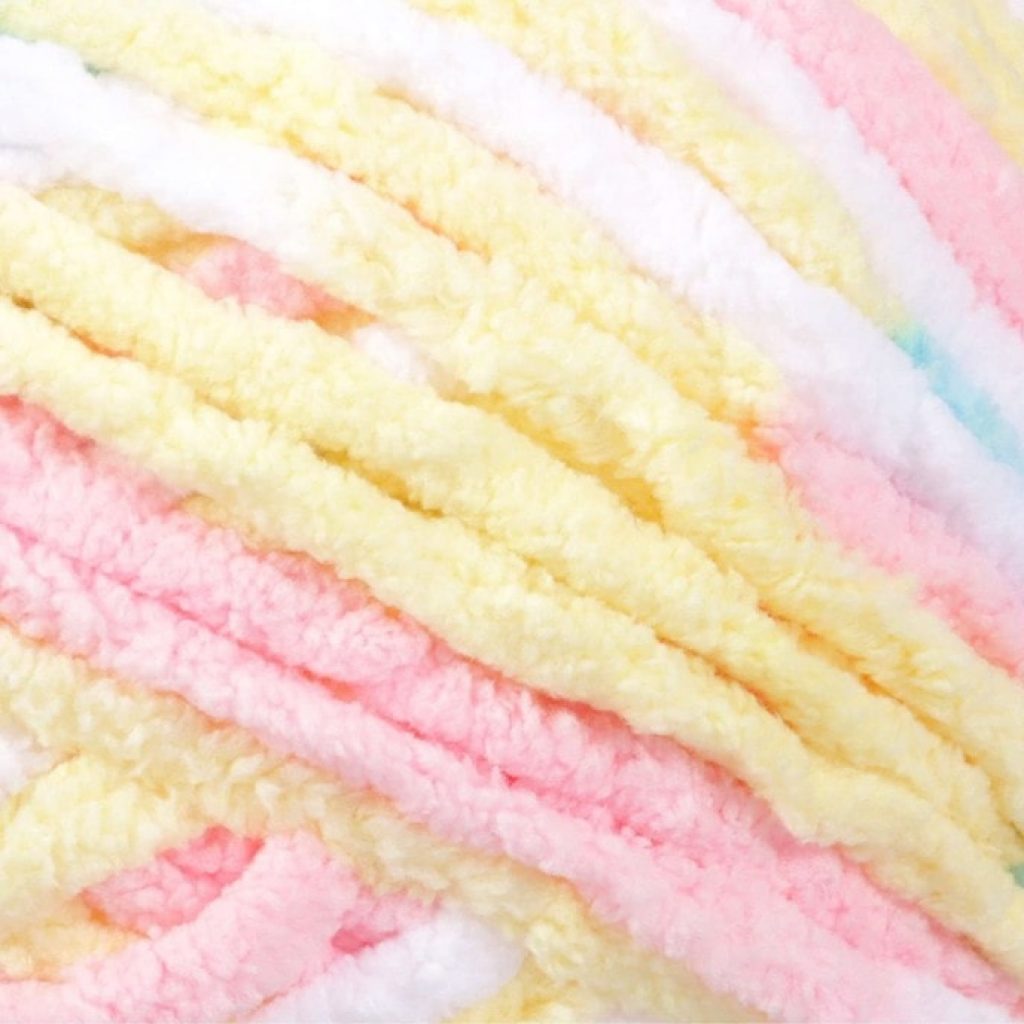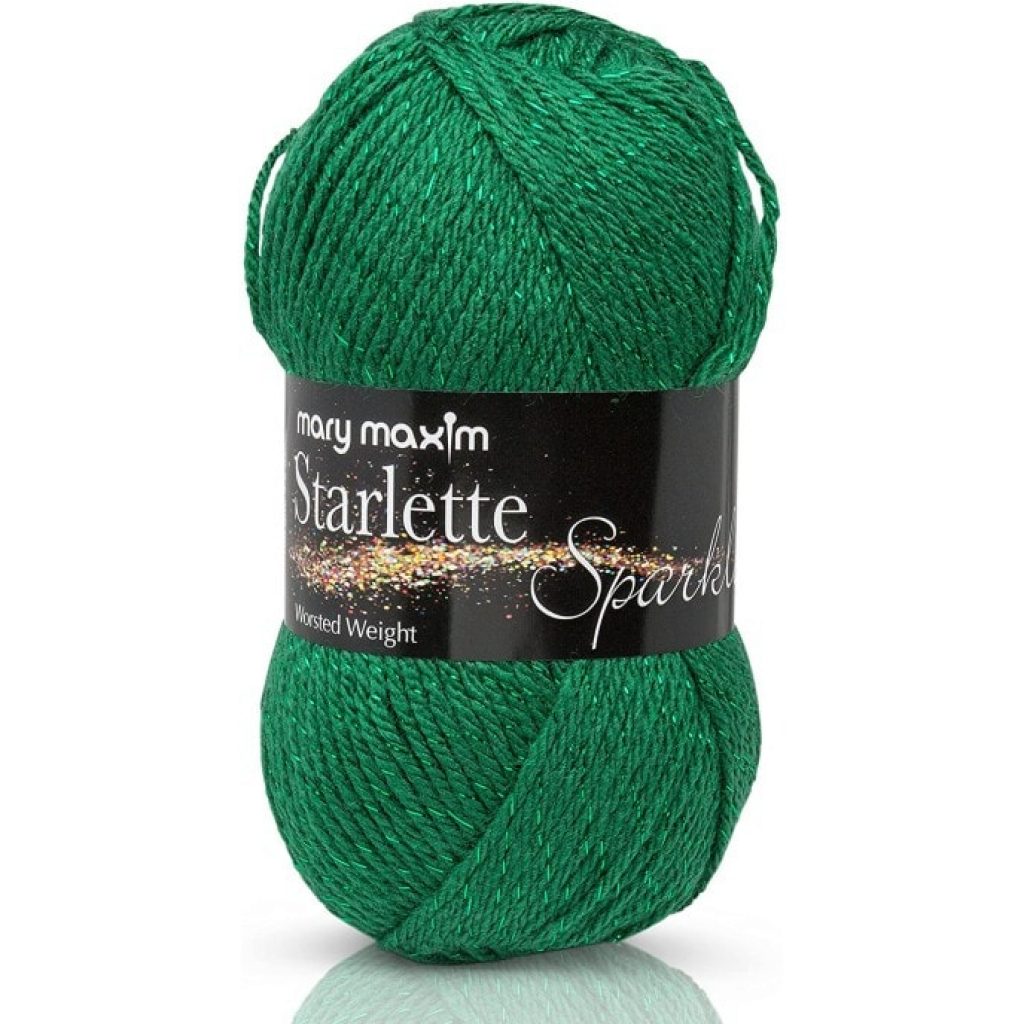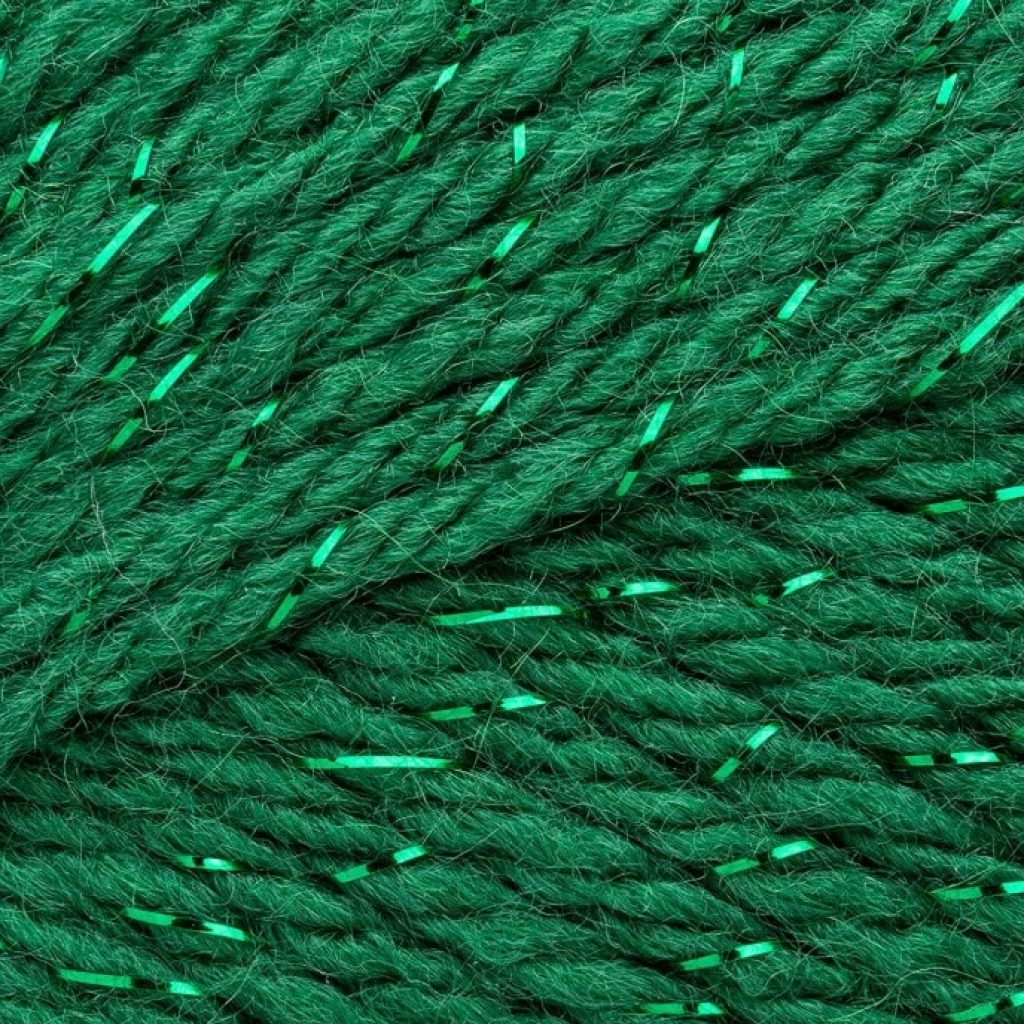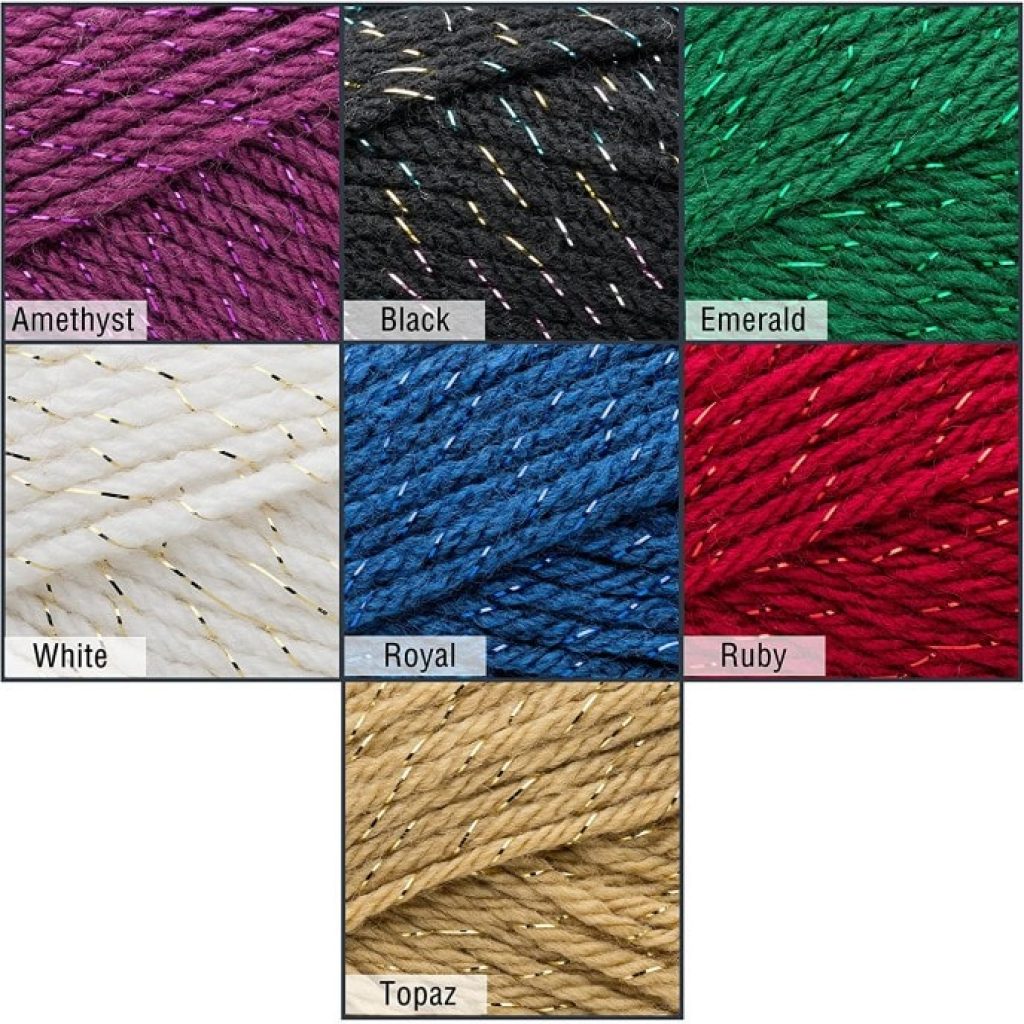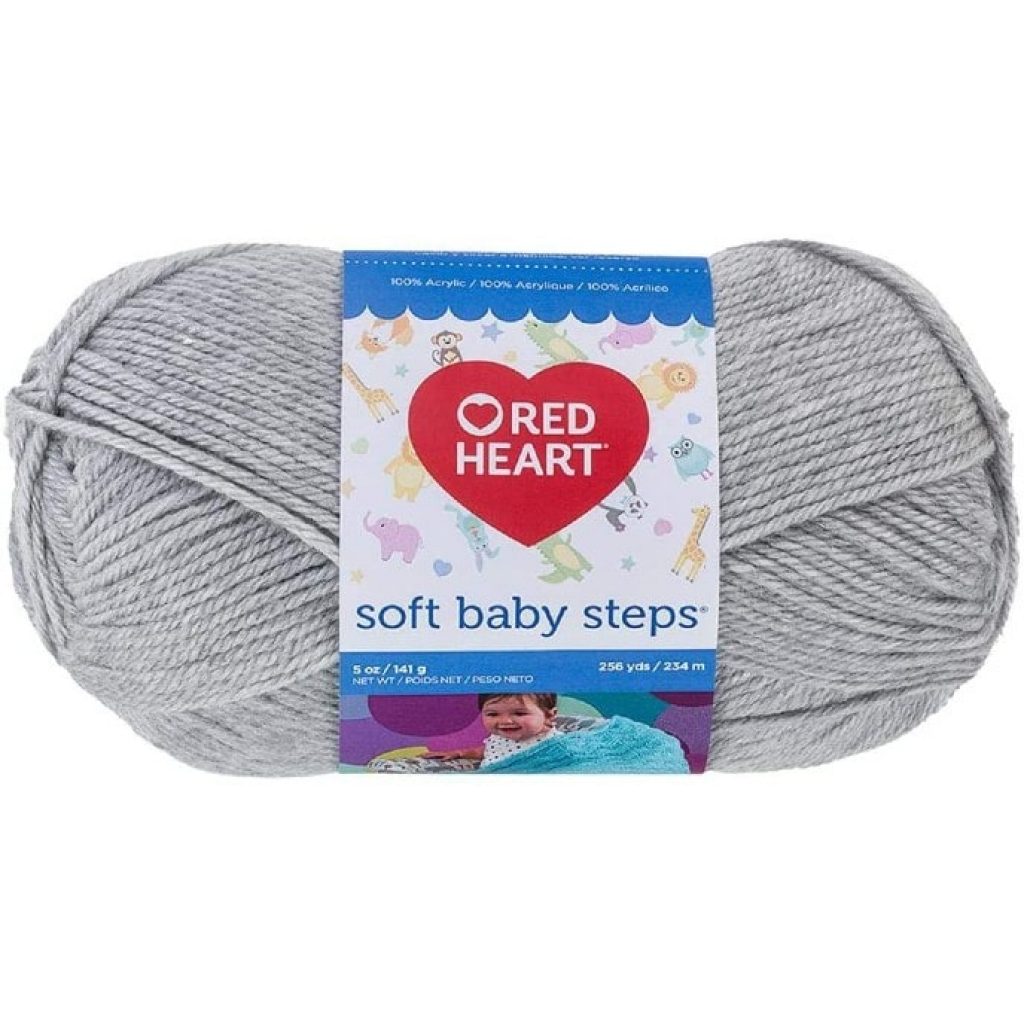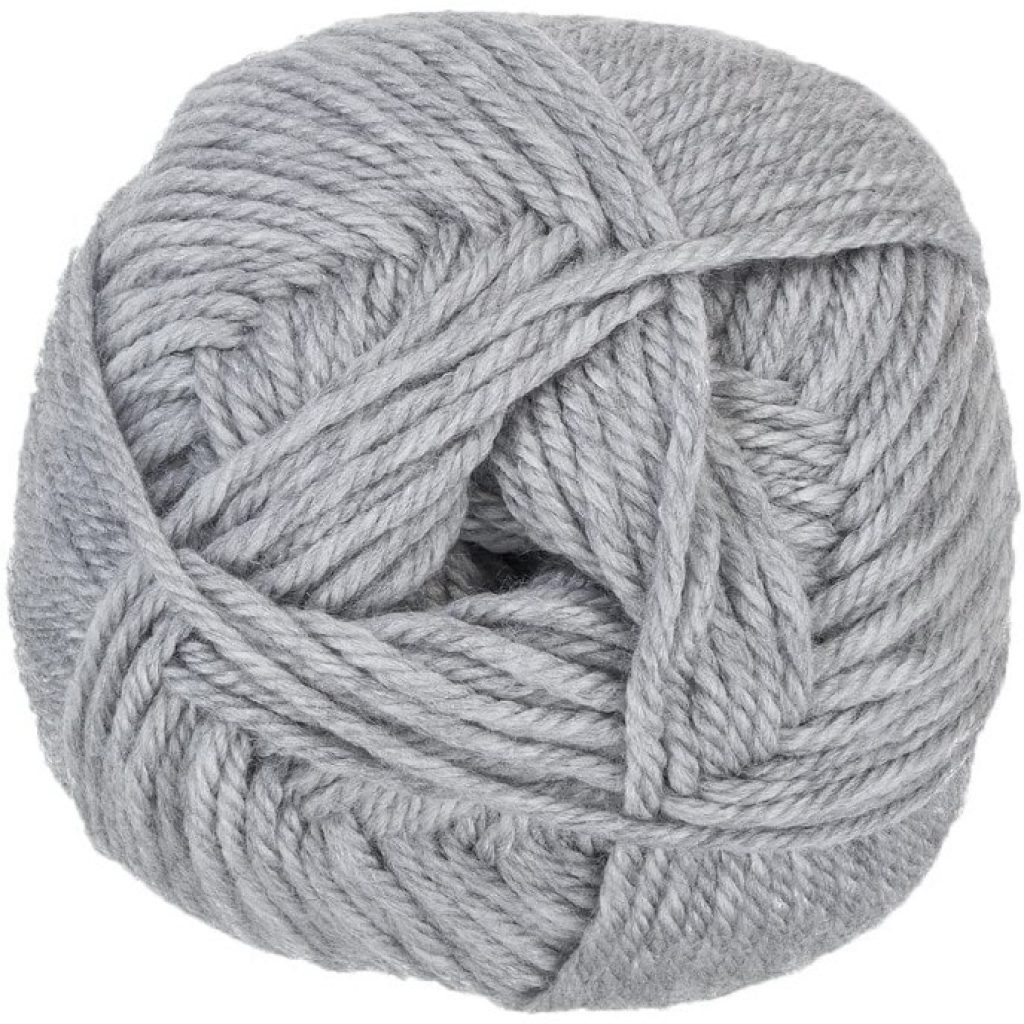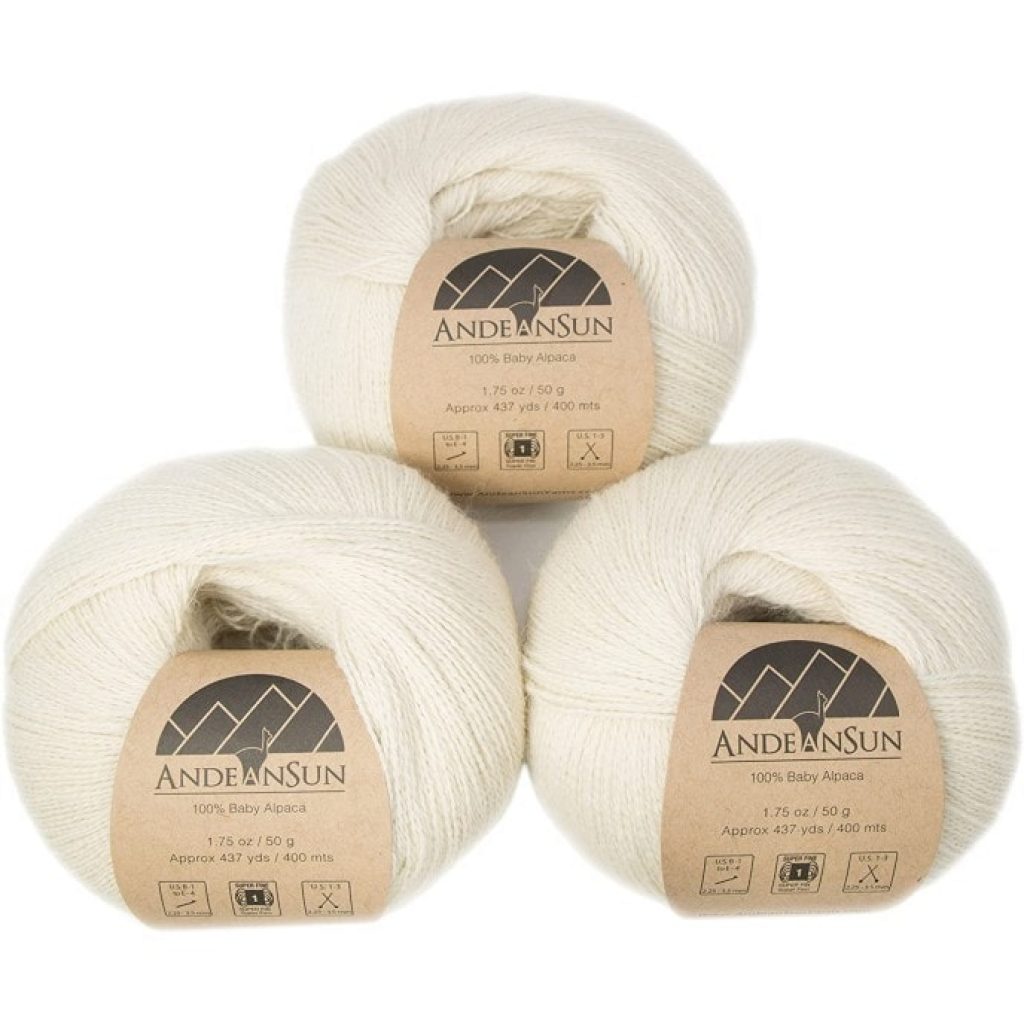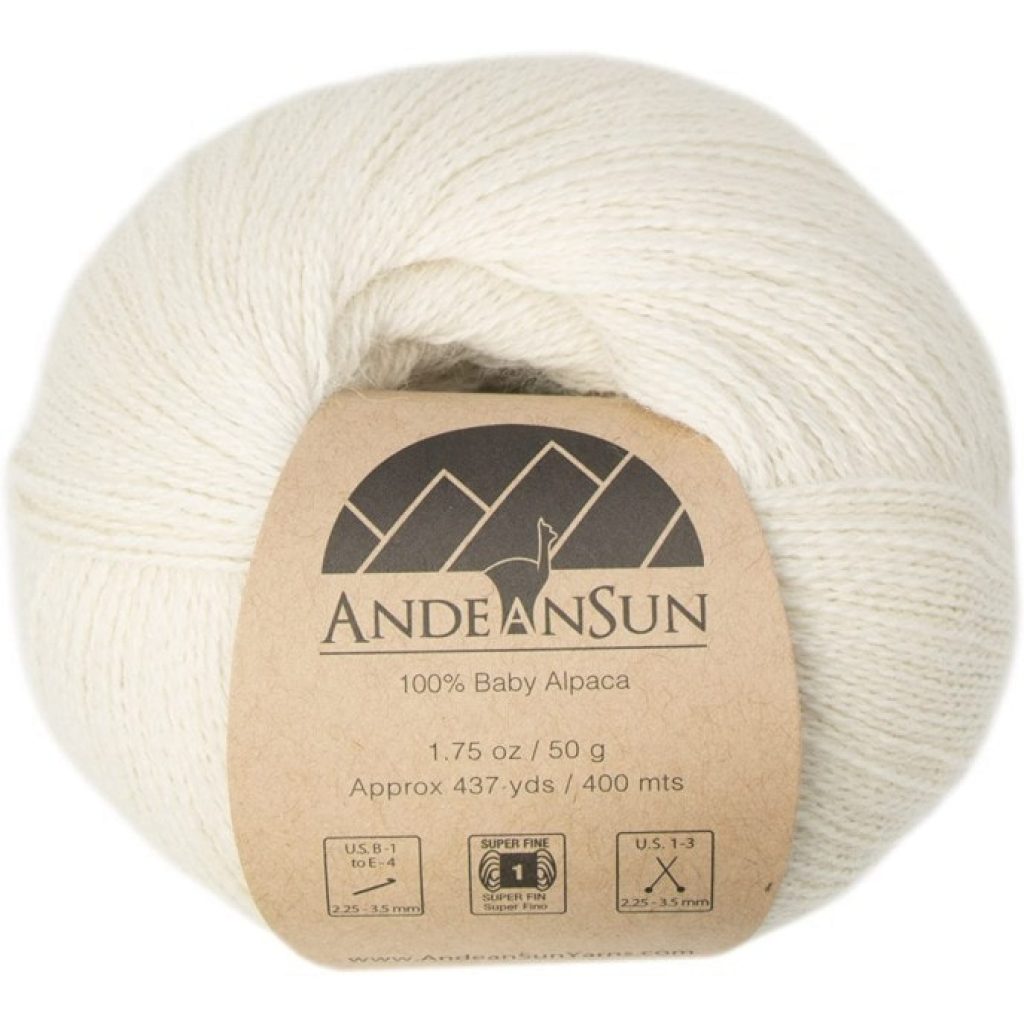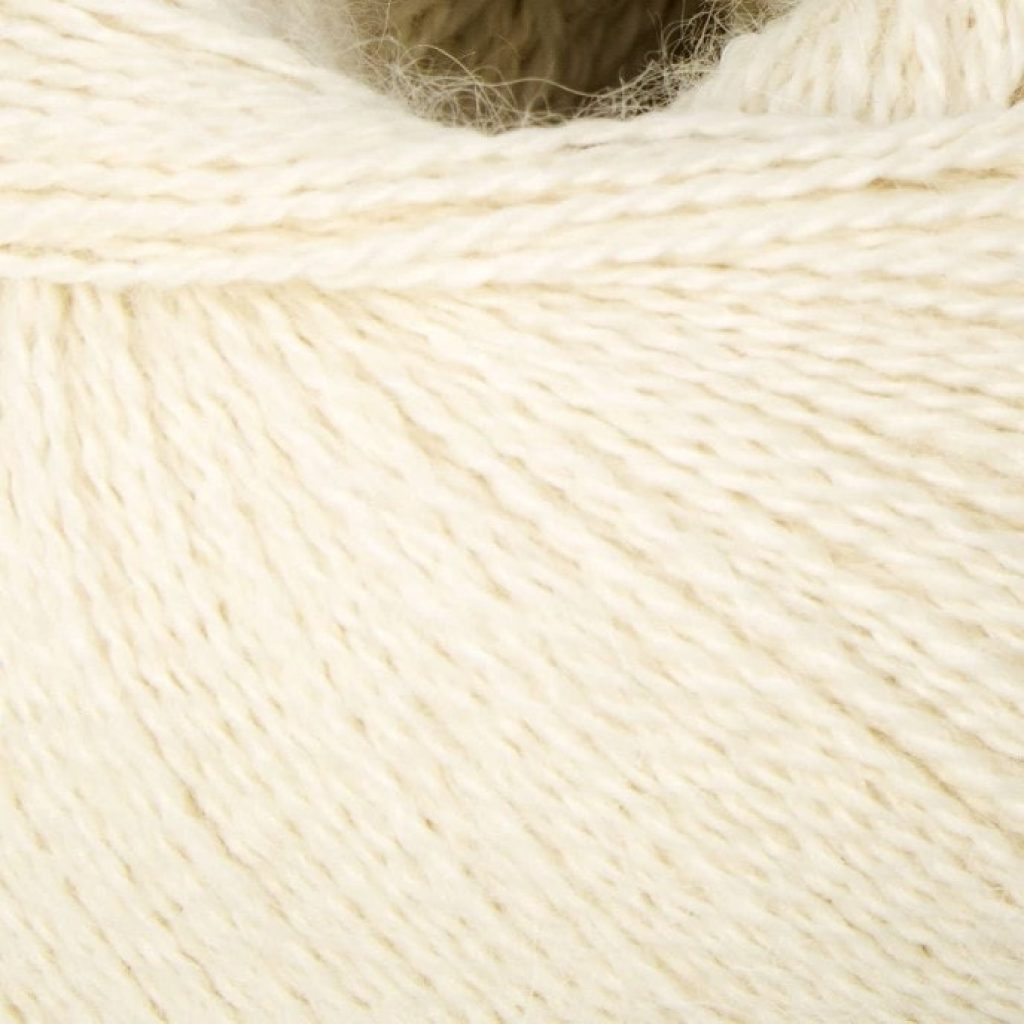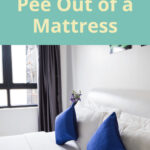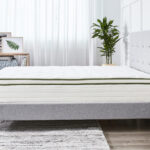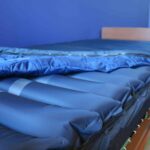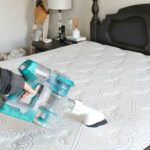There are so many articles about how knitting calms your nerves and serves as some type of meditation. And I’d like to contribute with this information considering my own experience. It will come in handy if you’re planning to knit a baby blanket for a newborn. I made one for my best friend’s baby girl, and it was the most lovely knitting practice I ever had. Stores provide a wide range of yarn for making blankets for newborns. There are so many types to choose, but first of all, you need to learn what type of yarn is best for baby blankets.
If you want to make a present for your friend with a newborn, a knitted baby blanket will be a perfect one. DIY knitwear and other knitted things for babies are saturated with warmth and love. Knitting for newborns does not take much material or a lot of time. You can easily make a couple of things or a whole baby blanket in one or two evenings. Keep in mind that for children’s items, you need to use high-quality, hypoallergenic yarn. When choosing threads, you must first decide on the model and pattern of the future cover or blanket. Think about the method of knitting, the tool, and the purpose of the thing.
Types of yarns for knitting a baby blanket:
- Natural yarn;
- Synthetic yarn;
- Mixed yarn.
The choice of yarn depends on the chosen knitting technique and knitting tool.
Amazon Bestseller
Top 8 Best Yarn for Baby Blankets
First, you need to look at the information written on the label of a skein with threads. You can often see the name of the yarn, for example, “yarn for hand knitting” or “soft yarn.” Further, the manufacturer indicates the thread composition, for example, 80% bamboo, 20% wool.
This allows you to understand what properties the finished product will have. For example, for light summer, for a walk with a baby on the street, cotton yarn, linen fiber, and silk threads are perfect. In the winter, the baby needs warm things made of satin, flannel, or fleece.
If you are a beginner, check the label of yarn carefully for hook recommendations. Many manufacturers always provide the info about which hook is best to be used and indicate the size of the knitting needles as well.
In the end, the label says under what conditions it is necessary to wash the finished thing. Also, when choosing, you need to see if the thread is curled. To do this, rewind a long section and fold it in half. If it is twisted, then put it back. This roll is more suitable for machine knitting. Fibers for hand knitting have a low twisting ratio.
As for color, try to avoid flashy and vibrant colors. Give preference to gentle pastel colors, for example, pale blue, peach, lavender, pink, light green, beige.
Lion 640-138 Wool-Ease Thick & Quick Yarn – The Best Thick Soft Yarn
When I found that yarn in a store, I was sure it’d be perfect for knitting baby stuff. It’s soft to touch and strong at the same time. The thread is tightly twisted and stretches well. Thanks to the polyamide in the composition, the thread is wear-resistant and rubbing-safe. The yarn also fits neatly into the patterns. It is quite lightweight, with economical consumption.
This yarn is made from a mixture of acrylic and natural fibers. It combines the best qualities of natural fibers and synthetics. It is soft, warm, fluffy, and at the same time, durable. The product “breathes,” holds its shape well, does not shrink or stretch. In combination with mohair, it allows you to create fluffy and stretch-resistant items at the same time. Moreover, it is used to lighten cotton and other natural yarns.
PROS:
- Breathing thread;
- Stretch and shrink resistant;
- Durable.
CONS:
- Not found.
Lion Brand Yarn 920-293 Babysoft Yarn: The Best Soft Baby Yarn for Knitting
 Incredibly soft and pleasant to the touch Lion Brand thread is perfect for knitting children’s products. If you are looking for yarn to knit a baby blanket, this yarn can be your best option. Products made from this thread are incredibly delicate, light, and airy. At the same time, they’re very warm and comfortable.
Incredibly soft and pleasant to the touch Lion Brand thread is perfect for knitting children’s products. If you are looking for yarn to knit a baby blanket, this yarn can be your best option. Products made from this thread are incredibly delicate, light, and airy. At the same time, they’re very warm and comfortable.
You’ve probably noticed that the first two positions of my list are owned by the Lion Brand threads, so let me explain. The Lion Brand is my long-time choice for knitting the baby stuff and clothing that I wear every day. Lion Brand is a family-owned business that provides amazing quality for a fair price. If you want the best for your or your friend’s newborn baby, take a look at this cute yarn with colorful patterns.
PROS:
- Lightweight thread;
- Beautiful colors to choose from;
- It includes polyamide.
CONS:
- The made blanket can lose stretch.
Synthetic Soft Yarn for Baby Blanket: Bernat Baby Blanket Big Ball Pitter Patter
This option is also made it to the top 3 due to its marvelous quality. I have some pieces of autumn clothing made with this yarn, and they’re probably more than two years old already. What I love the most about this manufacturer is the color palette they provide. You can find more vibrant and juicy colors and pale pastel shades to your taste.
Bernat big ball yarn is made of polyester fibers to provide good quality and long life of the product. Although polyester is a synthetic material, it is pleasant to the touch and does not cause discomfort when wearing things made of it. Most often, the polyester yarn is used for knitting children’s clothing and other stuff.
It is soft and hypoallergenic. In addition, polyester threads eliminate the problem of getting villi in the nose and eyes of the child (as is the case with wool and mohair) and thus does not cause redness and itching.
PROS:
- Hypoallergenic thread;
- Suitable for making baby stuff;
- Soft.
CONS:
- It works best only with machine knitting.
Mary Maxim Starlette Sparkle Yarn: Cool Baby Yarn for Knitting & Decor
Mary Maxim Sparkle yarn is a beautiful product with metalized fibers included. Using this thread, you can knit a cool baby blanket with nice dazzling decor. This yarn is also 100% acrylic, which means it won’t bleach and lose its color saturation. This type of yarns is best for making patterns and designs.
If you are looking for a luxurious baby blanket yarn, you have to check this option. The yarn is a beautiful mix of shiny and plain threads in amazing emerald color. I also recommend choosing a bigger ball of yarn of the same or similar color to knit a superior baby accessory. Therefore, if you want to create a stylish and glam-looking baby blanket, the Mary Maxim yarn will be your perfect assistant.
PROS:
- Cool, metalized glow;
- It doesn’t cause itching;
- The acrylic thread that doesn’t lose its color.
CONS:
- Should be combined with other types of threads.
Red Heart Soft Baby Steps Yarn: Amazing Yarn for Baby Blankets
The 100% acrylic Red Heart yarn was designed for making baby clothing especially. The fiber is very soft to touch, and it’s safe if the child accidentally tries to nibble it. Use this thread to make a comfortable blanket for a newborn.
The yarn is made from a light tricot that makes it easy to work with, and it keeps its shape well. For those who like to knit tight, it’s better to choose the 10 mm. In this yarn, I like the fact that the edges are processed so that the thread fits exactly into the product.
The manufacturer doesn’t provide a very wide color palette for this type of yarn. However, there are many beautiful colors to choose from, and I encourage you to try one for making a cool baby blanket with a nice design. Try knitting with only this product or combining several types of yarn to get a cool and original baby blanket. If it’s your first time knitting something, I believe this process will soon become your favorite activity to relax.
PROS:
- Soft thread designed especially for making baby clothes;
- 100% acrylic;
- It keeps the shape of the product.
CONS:
- Works best when combined with natural thread.
(Set of 3) 100% Baby Alpaca Yarn Lace – Washable Wool Yarn for Baby Blanket
Baby Alpaca yarn lace is incredibly wearing natural fiber yarn, which is perfect for making warming products. If you need a qualitative cold-resistance product, this yarn will be perfect for creating it. A super-soft, worsted weight baby yarn with tender fibers of medium thickness comes in a set of 3 rolls. Alpaca yarn is suitable for babies from the first days of their lives.
Due to its texture in knitting, it looks like a tightly twisted rope. The yarn does not delaminate or stretch. Thanks to its natural production, the yarn is durable, dense, and does not lose its shape. It is a little elastic, but due to the structure, it looks voluminous and springy. The colors are both bright and calm, so it’s great for realizing any ideas. This is a fashionable textured yarn that you can also use to knit children’s stylish sweaters and cardigans, voluminous snoods, and hats.
PROS:
- Organic yarn for baby blanket;
- Set of 3 rolls might be enough for making the product;
- Soft and tender.
CONS:
- Not universal.
Bernat Baby Blanket Yarn: One of the Best Deals of Organic Yarn for Baby Blanket
This product is a natural cotton baby yarn for making a universal baby blanket for any season of the year. Those who are fond of knitting are already aware of the basic properties of cotton yarn and fabric: sufficient thermal conductivity, easy washing, easy dyeing, and breathability. Cotton has excellent absorbing qualities and can soak up to 20 times its own weight and dry out quickly, which makes it indispensable in warm climatic conditions.
The manufacturer claims this yarn is hypoallergenic and suitable for all skin types. It is perfect for knitting demi-season and winter products. At first glance, the yarn may seem slightly harsh, and may also tingle. But after the first wash, it becomes light, weightless, soft, and pleasant to the touch. Please note that this yarn is only suitable for delicate washing.
PROS:
- Natural cotton yarn for baby blankets;
- Keeps the shape of the product;
- It suits every season of the year.
CONS:
- It requires extra care for staying soft.
Celine lin One Skein Natural Baby Blanket
This extremely soft yarn is perfect for making not only baby blankets, but also clothes, socks, toys, and many other crafts that require a splash of color and warmness. Fleece fiber is an unfavorable environment for the reproduction of dust mites, fungi, mold, and other microorganisms. A fleece blanket is a perfect gift for a newborn that will warm them in cold weather.
The thread is pleasant to the touch, does not prick at all, and looks very beautiful in the finished product. It’s perfect for both knitting and crocheting. The canvas turns out soft, fluffy, airy, and stretches quite well. The thread has an economical outgo. Light to the touch, fluffy, and warm, and at the same time, the thread is voluminous. With this product, you may knit easily and quickly, both with knitting needles and crochet. The yarn does not cause allergies, and it is perfect for creating both children’s and adult products.
PROS:
- Fluffy and soft thread;
- Provides warmness;
- Resistant to dust, mites, fungi, etc.
CONS:
- Fleece is extremely warm and best used only in severely cold weather.
When choosing the best yarn for baby blanket, remember that synthetics can be allergenic, especially for newborns. Pay attention to the composition of the threads, and consider that there should be at least fifty percent of natural fibers. If there are no organic fibers, feel free to combine natural and synthetic yarns when knitting a blanket.
Caution: never throw away the label of the yarn until you finish the blanket completely. Even the most experienced needlewoman can sometimes find it difficult to calculate the required amount of material accurately. The label includes the number of yarn and a batch of threads, as well as the number of the shade. The most annoying thing is when the item is almost finished, you lack a third of the ball but have lost the name of the yarn. Of course, you can choose the most similar shade, but the look of the product will be spoiled.
What Type of Yarn Is Best for Baby Blankets?
Yarn for knitting can be natural, synthetic, or mixed. This separation is related to the type of fiber used in the production of yarn. Some of them are the best yarn for baby blanket crochet, and some are more suitable for adult stuff.
Natural yarns
- Merino Wool
This is a special material for knitting, which is obtained from a breed of merino sheep. This wool is distinguished by the thickness of the threads (merino belongs to the breed of fine-wool). And, perhaps, the only disadvantage of the merino is the price. Due to the conditions of the collection of wool and the unique breed of sheep, the price of even one skein of yarn can be very high. You won’t see a 100% merino wool yarn in stores. However, fans of all-natural should not be in despair: a small addition of synthetic fibers to the yarn will not spoil the quality.
- Cashmere
Cashmere yarn is made from goat fur, which lives in India mostly. The fur obtained from the undercoat of a cashmere goat is unusually light and pleasant to the body, the newly obtained wool is weightless, making the knitting process a real pleasure.
- Alpaca
Alpaca is a part of the camel family. Due to this kinship, as well as the unique climatic conditions in which this breed was grown, alpaca wool is highly regarded among knitters around the world. Clothes and things made of alpaca fur are warm in winter and cool in summer. The downside is that the yarn from 100% alpaca is rough, so you rarely see it in its pure form. Usually, manufacturers add acrylic or polyester to soften natural wool.
Remember: Natural wool yarn will always be a priority for knitting warm winter things. But sometimes it is prickly and can cause discomfort. Besides, woolen products tend to lose their shape over time, peel, fade and stretch. Therefore, it is better to learn more about the advantages and disadvantages of the main types of wool.
- Cotton
If there is any universal material for knitting, then cotton is best suited for this title. This is an unpretentious yarn that has useful qualities, but at the same time, it does not frighten with its high cost.
- Mercerized Cotton
The disadvantages of ordinary cotton have been eliminated by the invention of a plant fiber processing process called mercerization. Thanks to this important discovery, cotton has gained increased strength and resistance to burnout (the brightest color would not fade even with everyday wear)
- Flax
It is also a trendy material for knitting. According to its properties, it resembles cotton but has several peculiarities. Flax dries much faster and features good hygroscopicity. Flax is perfect for summer things because it provides high breathability as well.
- Bamboo
Bamboo fibers are sometimes added to other natural yarns. Usually, it goes in combination with cotton or linen. Bamboo increases hygroscopicity and strength. It is also recommended for people with increased skin sensitivity because bamboo has amazing hygienic properties. A baby blanket made of yarn, which includes bamboo, becomes softer, and looks amazing.
Synthetic fibers
The addition of synthetic fiber is almost inevitable today. It increases the strength, wearing-out resistance of the threads while reducing the price of yarn. You should not take this fact negatively, because there are pros and cons, sometimes needlewomen even win by buying a “blended fabric” (yarn composed of synthetic and natural fibers).
What’s good about synthetic yarn?
- It increases the strength of the material significantly;
- This yarn contributes to the elasticity and reduces the possibility of shrink/stretch;
- It prevents yarn peeling;
- It increases burnout resistance.
What’s bad about synthetic yarn?
- Poor breathability. If the content of natural fiber in the composition is less than 50% percent, the skin won’t have access to oxygen;
- Static electricity, which synthetic fiber is capable of storing;
- Allergenic, not all types of synthetic yarn, are 100% safe for the baby’s skin.
There are also many options for making a knitted baby blanket. Here you can set your imagination free and create an entirely original product. The choice is unlimited: thicker or thinner, small or large, classic or “playful,” square or oval, large or small knit, with complex relief patterns or without them.
You can knit a blanket using a variety of ways. There are familiar to us options with knitting needles and crochet, and unusual like using hands only. Meanwhile, the latter option is becoming increasingly popular today, and it is not at all difficult to do. But let’s start at the very beginning. First of all, it is necessary to determine the texture of the threads. What is the softest yarn for knitting a baby blanket? Let’s find it out in the guide.
Some Most Common Questions
How much yarn do I need for a baby blanket?
Before starting the process, it is essential to find out how much material you will need to create the product. You should take into account the following aspects:
- Thickness and twist of the thread;
- Size of the future product;
- Tool for creating canvas;
- Patterns.
To calculate yarn consumption, you need to knit a sample of the future baby blanket and follow these steps:
- Calculate the area of the sample;
- Dissolve the sample and measure the length of the thread. You can also simply measure the mass of the sample;
- Multiply the area of the plaid by the length of the thread or the mass of the sample;
- Divide the result by the area of the sample.
How big should a baby blanket be?
There are several standard sizes of children’s blankets according to age:
- 80×80 cm (or 85×85, 90×90 cm);
A small square shape is the most convenient for wrapping a newborn.
- 60×90 cm;
This size is also suitable for a baby blanket, but only for babies who have not learned to roll over yet. If the baby can’t toss and turn, the product will serve up to a year, but even after that, it is convenient to use it to wrap the baby’s legs in a stroller or carriage.
- 90×120 cm;
It is the common size of a blanket for a child of 3 years and younger. It is convenient to shelter a baby with this blanket, as there is an opportunity to tuck them from all sides.
- 100×140 (or 110×140 cm);
This size suits best for kids of young school age.
- 140×200 cm.
Completely adult size for teenagers. Also, this blanket size is suitable for children of 5 years old, if they already sleep in an adult bed.
What size yarn is best for baby blanket?
Why are baby blankets so special? If you’re making a baby blanket, consider that it should be big enough to cover the baby in the carriage. To knit a standard baby blanket of 80 x 80 cm, you need to get 350-500 g of yarn, and it usually takes 9-10 skeins.
How to wash and dry a hand-knit baby blanket?
Consider the yarn you used for making the blanket. Manufacturers usually tend to provide the washing info on the label of the thread. I also recommend using special softening treatments so the blanket will stay tender and gentle to touch.
How many stitches do you need to knit a baby blanket?
To calculate the number of stitches for knitting a blanket, you need to determine the knitting density. When calculating the loops, you must take the desired size of the product and the pattern into account. Knit a sample of the future item of 10x10cm size, and count the number of loops and rows.
Then, divide this number by 10 (without rounding for a more accurate calculation), and get the number of loops for 1 centimeter. Measure the necessary width of the product and multiply the number by getting the total quantity of loops for the desired size.
What is the fastest way to knit a baby blanket?
The fastest way to knit a baby blanket is to buy one 🙂 Just kidding! There’s no universal fastest way to knit a blanket. Everything depends on your skills and the complexity of the pattern. However, you can speed up the process by using a knitting machine. It isn’t a big problem to find a baby blanket in any store since there’s a large variety of colors and designs that will satisfy any taste. But a blanket made with your own hands is much more valuable.
Best Baby Yarn for Knitting: Final Thoughts
What is the best yarn for a baby blanket? The choice of material will always be an urgent issue to solve. Almost everything depends on the type of yarn: the look, quality, and durability of the product. Yarn for knitting also has its own nuances, and I hope you’ve learned a lot about it from this article.
Now, in any store, there is a yarn for every taste: natural, blended, synthetic, with and without patterns, with a bright or pale color palette, etc. All of them look so cool and attract you to buy more! But you have to be careful and always stick to your needs.
I’ve given you some basic principles of choosing yarn for knitting baby blanket and the options I love. Have you already tried to knit a baby blanket, or are you a newbie? Let me know if you like knitting in the comments section below! Also, do you prefer to knit using the crochet hook or the machine? Tell me about your experience!
Last update on 2025-06-25 / Affiliate links / Images from Amazon Product Advertising API
